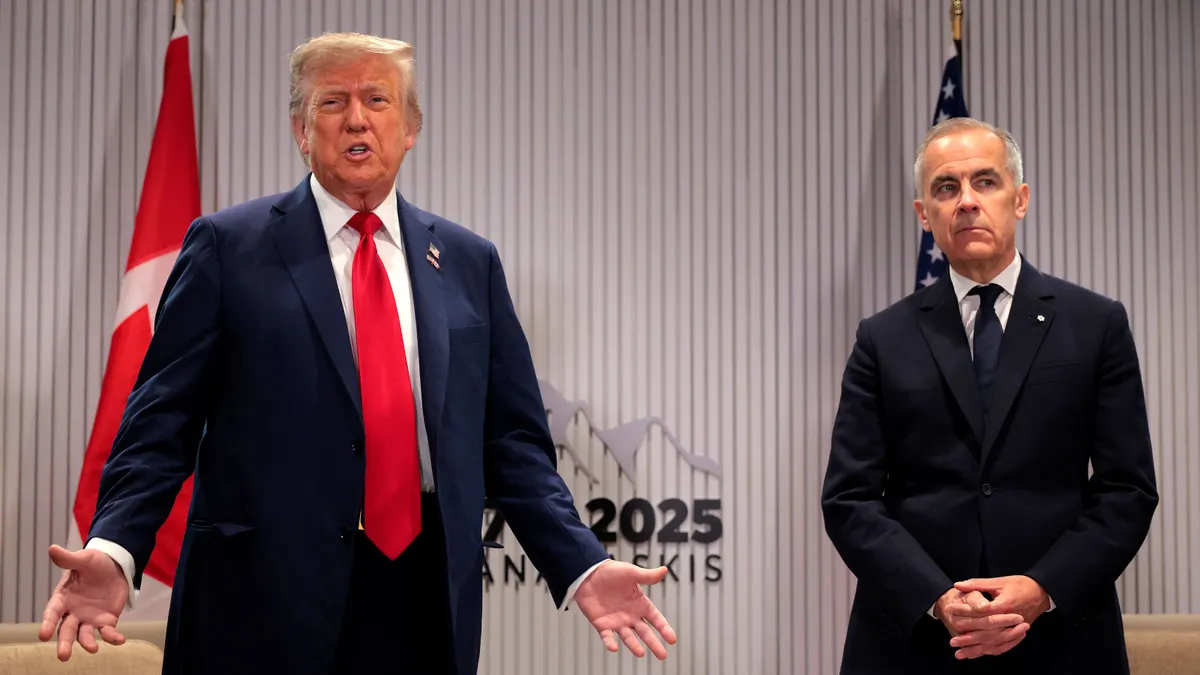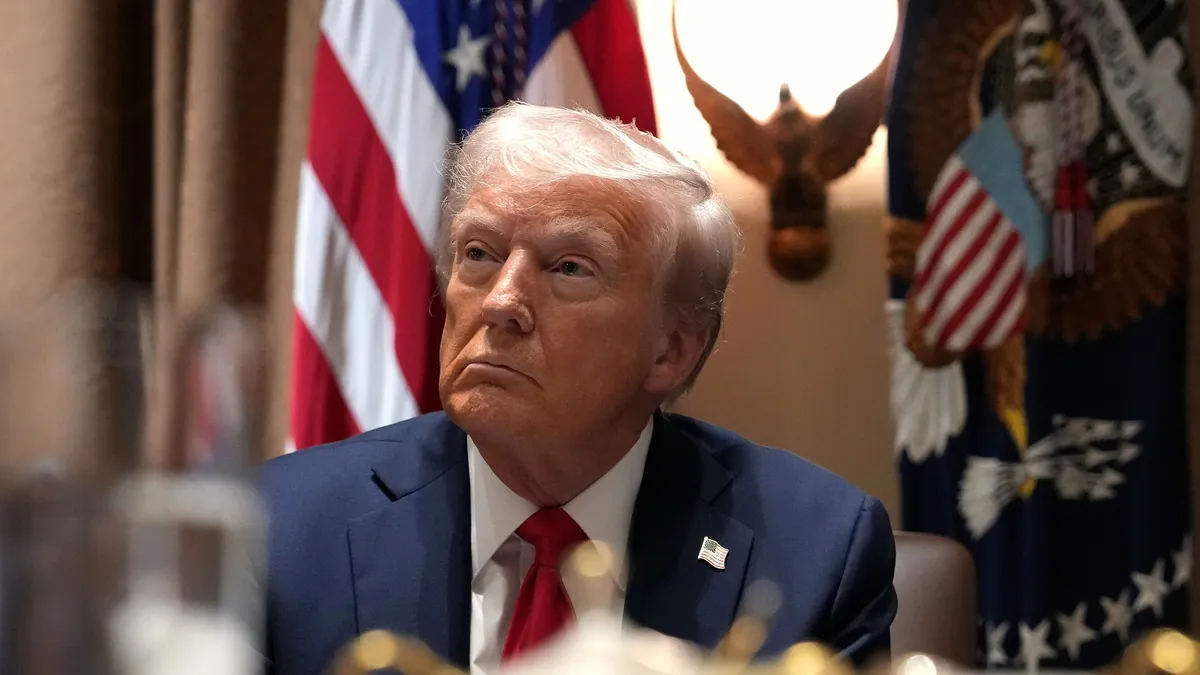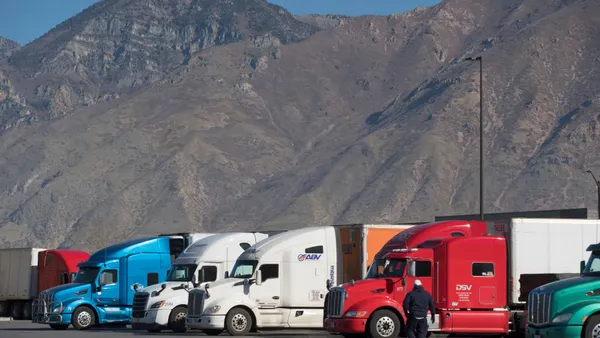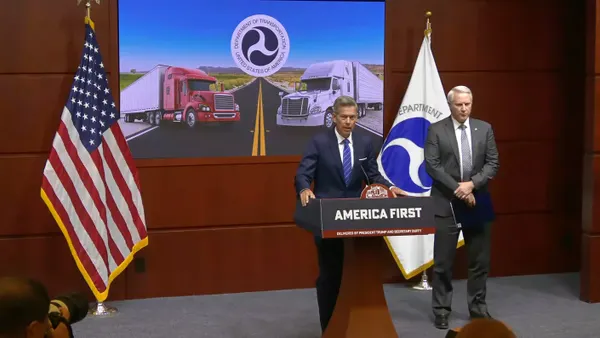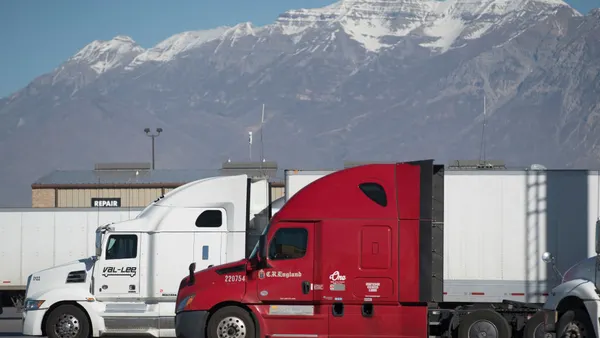The U.S. will levy a 35% tariff on imports from Canada, effective Aug. 1, according to an executive order signed by President Donald Trump on July 31.
Per the executive order, goods that comply with the United States-Mexico-Canada Agreement will remain unaffected by the levy. Meanwhile, imports that are “transshipped to evade the 35% tariff” will instead be slapped with a 40% levy.
“While the Canadian government is disappointed by this action, we remain committed to CUSMA, which is the world’s second-largest free trade agreement by trading volume,” Canada Prime Minister Mark Carney said in a statement Friday. Carney said the country would continue to negotiate with the U.S. but did not indicate if Canada was planning any additional retaliatory measures.
The news comes after Trump in July sent a letter to Carney as part of a series of missives detailing the country-specific reciprocal tariffs his administration planned to impose on Aug. 1. The U.S. has since codified the rates while pushing back implementation to Aug. 7.
However, the tariff hike on Canada will still take place Aug. 1, per the order.
While most of the other letters had identical language, Trump’s message to Canada drew attention to the country’s retaliatory tariffs to 25% levies the U.S. announced in February. The president also highlighted the importation of fentanyl and tariffs on U.S. dairy products as other challenges necessitating the tariffs.
At the time, experts questioned how the tariffs would apply to goods that already qualify for the United States-Mexico-Canada Agreement.
“News of a 35% tariff on Canadian goods starting August 1st, generates so many questions on administration and implementation,” said Pete Mento, director of customs and trade services at DSV, in a LinkedIn post. “Will the same exemption for USMCA tariffs apply? Is this just more pressure to complete the deal this month?”
Imports from Canada that do not adhere to the United States-Mexico-Canada Agreement have been subject to a 25% tariff upon entering the U.S. since early March. The executive order in July extended that exemption for USMCA-goods, despite raising the tariff on other products to 35% as of August 1.
Canada has responded to several U.S. tariffs with its own levies over the last few months. In addition to placing a 25% duty on select goods from its southern neighbor, the country has matched U.S. tariffs on steel and aluminum, as well as those on cars and auto parts.
Meanwhile, Canada has been one of several countries engaged in talks with the U.S. related to the Trump administration’s sweeping tariffs. Countries originally faced a July 9 deadline to reach a deal before country-specific duties announced in April kicked back in, but Trump on July 7 signed an executive order extending a previous 90-day pause to Aug. 1.
“Throughout the current trade negotiations with the United States, the Canadian government has steadfastly defended our workers and businesses,” Carney said on X Thursday evening. “We will continue to do so as we work towards the revised deadline of August 1.”
Trump’s executive order on Canada continues a flurry of trade actions from the White House this week. In addition to reintroducing reciprocal tariffs on countries such as Japan and South Korea, Trump has also said he plans to implement 50% tariffs on copper imports, starting Aug. 1. He is also initiating a Section 301 investigation into Brazil in addition to implementing 50% tariffs on imports from the country.
Editor’s note: This story has been updated with details from a July 31 executive order and a statement from Canada Prime Minister Mark Carney.



